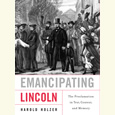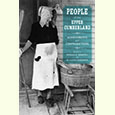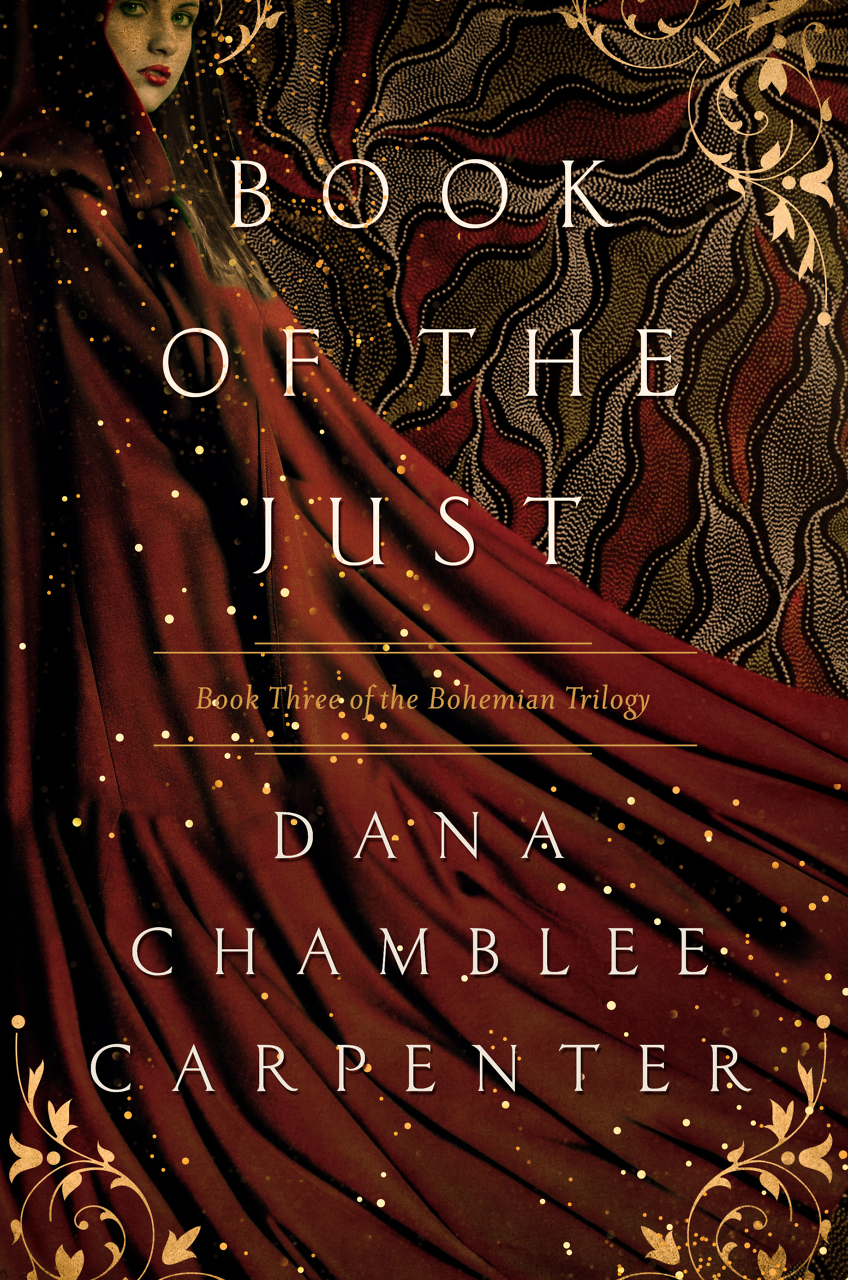Finding Identity Amid Anonymity
The characters in John Brandon’s Further Joy live in Florida’s nowhere towns
Several of the stories in John Brandon’s new collection, Further Joy, pack a novel’s worth of engaging conflict and intriguing personalities into small packages that might easily have been developed into books of their own. Brandon, who has written three novels, ends many of these stories without tying up loose ends, and in fact they are effective precisely because of this unfinished, unsettling quality.
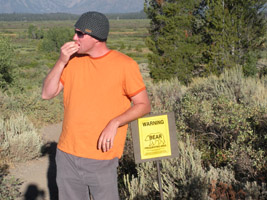 Brandon leads his protagonists to the brink of life-altering decisions but then stops before the critical choices are made, giving readers the space to imagine alternative outcomes, each with its own ethical implications. As a character from “The Inland News” puts it, “There’s a moral in anything if you want there to be.” That story depicts a young woman named Sofia who possesses the extra-sensory gift of being able to perceive the guilt that lies hidden in other people’s consciences. Will she use that insight to help her uncle, a homicide detective, solve a crime, or will she wash her hands of the affair and allow it to remain a mystery? Sofia’s personal life is baffling enough to engage all of her energies; perhaps, the story suggests, we do better to focus on our own dilemmas and leave questions of guilt and innocence to other powers.
Brandon leads his protagonists to the brink of life-altering decisions but then stops before the critical choices are made, giving readers the space to imagine alternative outcomes, each with its own ethical implications. As a character from “The Inland News” puts it, “There’s a moral in anything if you want there to be.” That story depicts a young woman named Sofia who possesses the extra-sensory gift of being able to perceive the guilt that lies hidden in other people’s consciences. Will she use that insight to help her uncle, a homicide detective, solve a crime, or will she wash her hands of the affair and allow it to remain a mystery? Sofia’s personal life is baffling enough to engage all of her energies; perhaps, the story suggests, we do better to focus on our own dilemmas and leave questions of guilt and innocence to other powers.
While “The Inland News” verges on the tragic, many of the stories here have a decidedly comic trajectory, even when they involve characters who pursue dangerous courses of action. In “The Favorite,” for example, a disgraced financial professional enlists an old friend in a dishonest betting scheme. The lonely thirty-something main character of “The Picnickers” finds herself sexually attracted to the over-confident teenage son of her former college roommate. The budding entrepreneur of “Prospectus” believes his best chance to raise his family out of poverty is to join ranks with a cranky recluse who wants nothing to do with him. In each story, Brandon triggers the reader’s sympathies for these misfits and their (often) self-inflicted wounds but leaves the characters suspended in states of indecision, their problems thoroughly unresolved.
Most of Further Joy takes place in small Florida towns that have no innate appeal, places without tourist attractions or natural beauty. The villages have names that sound like they could be anywhere—Larsboro, Galesburg, Palatka—and are defined solely by not being Atlanta or Chicago, or even Jacksonville. This is what one character calls “regular Florida,” the Florida of outlet malls and chain restaurants, “a pocket of the Florida peninsula that had not yet been subdivided and sodded, a swampy area with no easy access to a beach or to Disney World.” In the retirement communities of Southern Florida, “you see just how flat Florida is, and how exhausted,” notes a character in the tellingly titled “Naples, Not Italy.” At night, Brandon writes, “it’s like living on the moon.”
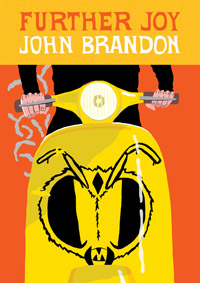 That same character, a middle-aged man struggling with marital doldrums while surrounded by geriatric retirees, is one of the few natives who can recall “how Florida used to be”—“how there used to be orange groves everywhere you looked and now there’s Home Depots and chain bakeries.” A favorite drive along Highway 41 is now “a traffic jam of senile Long Islanders.” Denied those easy avenues of pleasure, Brandon’s characters have to improvise, making a game of their lives just to withstand them. The protagonist of “Palatka” calls this effort “chasing joy,” a term that announces the collection’s overriding theme.
That same character, a middle-aged man struggling with marital doldrums while surrounded by geriatric retirees, is one of the few natives who can recall “how Florida used to be”—“how there used to be orange groves everywhere you looked and now there’s Home Depots and chain bakeries.” A favorite drive along Highway 41 is now “a traffic jam of senile Long Islanders.” Denied those easy avenues of pleasure, Brandon’s characters have to improvise, making a game of their lives just to withstand them. The protagonist of “Palatka” calls this effort “chasing joy,” a term that announces the collection’s overriding theme.
The title story of Further Joy is the shortest and the most formally inventive. It reverses the formula used by Faulkner in “A Rose for Emily” and Jeffrey Eugenides in The Virgin Suicides, which employ the collective “we” to tell stories of remarkable individuals. Brandon’s collective protagonist, a group of young women and their fathers, is instead a middle-class subset of a particular generic town. Half the story recounts illustrative details about the daughters (“The girls had little preference where they went to college. They would move away from home, but were not in a rush about it”), and the other half covers the fathers (“The fathers depended on their daughters to keep them in the correct shoes”). Like the fiction of Lydia Davis and the un-categorizable novels of David Markson, “Further Joy” works through metonymy and accretion. By the end of it, the reader comes to care about these quirky girls and their flawed, loving fathers. It’s a story worth reading a couple of times through.
When he strays from Florida, however, Brandon seems to become unmoored, and the stories get more contrived, less visceral. In “Differing Views,” a guy named Mitchell gets dumped by his trust-funded girlfriend and finds himself stuck in a sparsely furnished condo outside Albuquerque. His life, already beset by heartbreak and poor job prospects, is further complicated when he finds seven living brains—detached from bodies, that is, yet vividly alive—in his spare bedroom. Despite their palpable reality, Mitchell perceives them to be projections of his own troubled mind. Perhaps Brandon intends them to be symbolic (with each brain representing a possible path Mitchell might have chosen?), but they come across as more of a clunky device.
Generally, though, Further Joy delivers crisp writing and invigorating storytelling. John Brandon has a sure eye and a distinctive voice, and this collection reveals a writer of broad talent who is confident in his craft and daring in his vision.

Sean Kinch grew up in Austin and attended Stanford University as an undergraduate. He later returned to Austin, where he earned a Ph.D. in modern fiction from the University of Texas. He now teaches English at Montgomery Bell Academy in Nashville.
